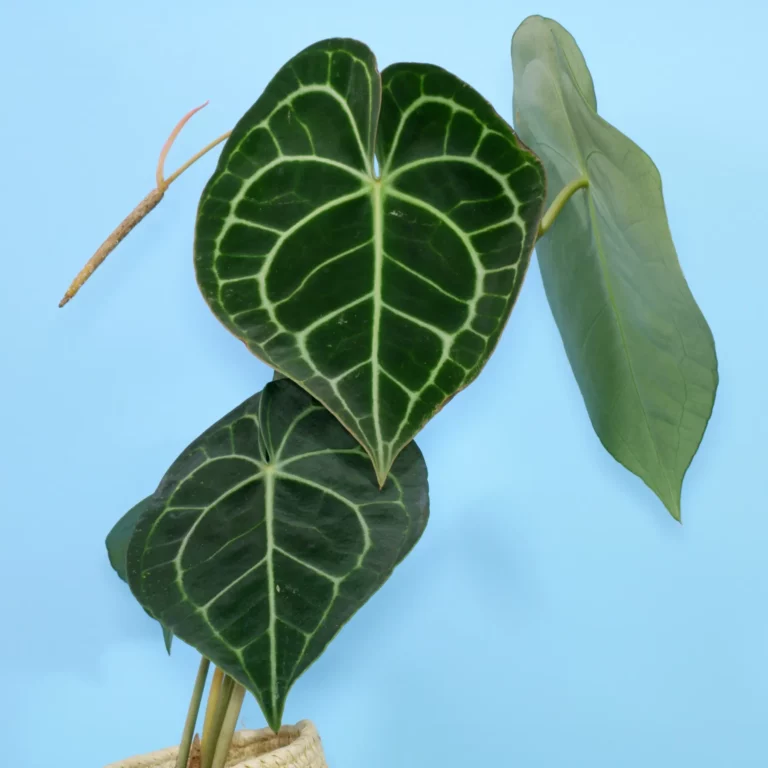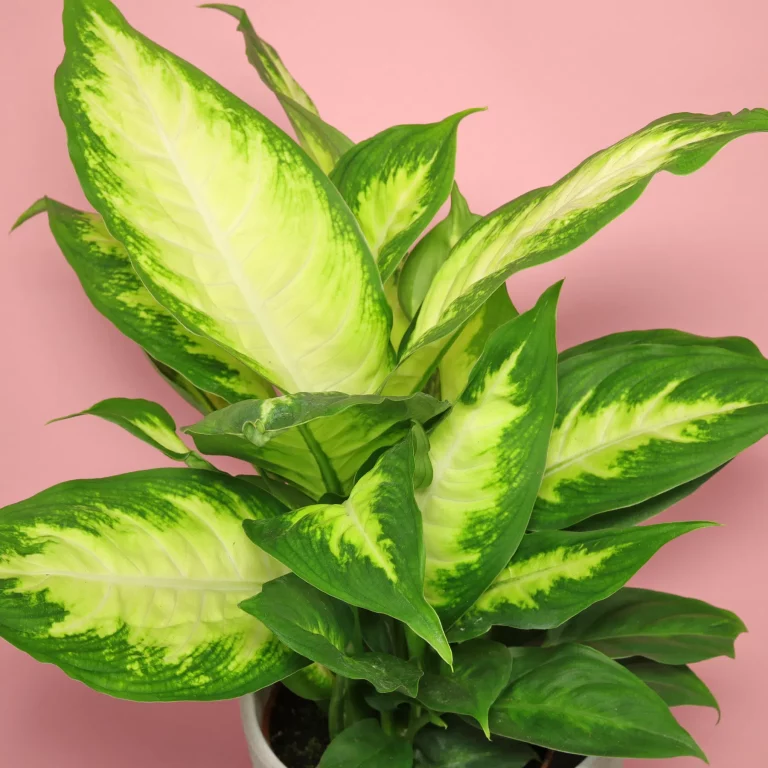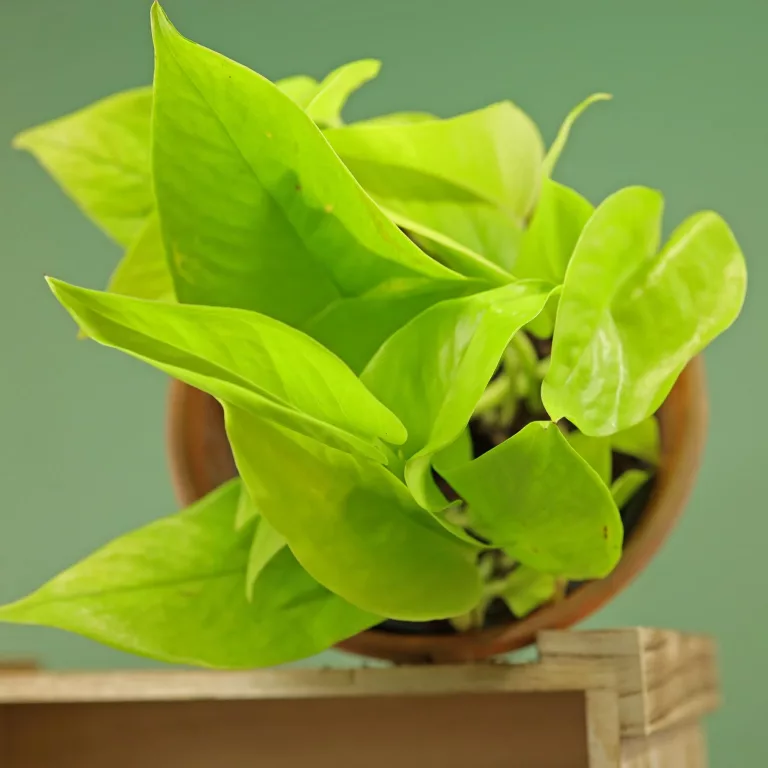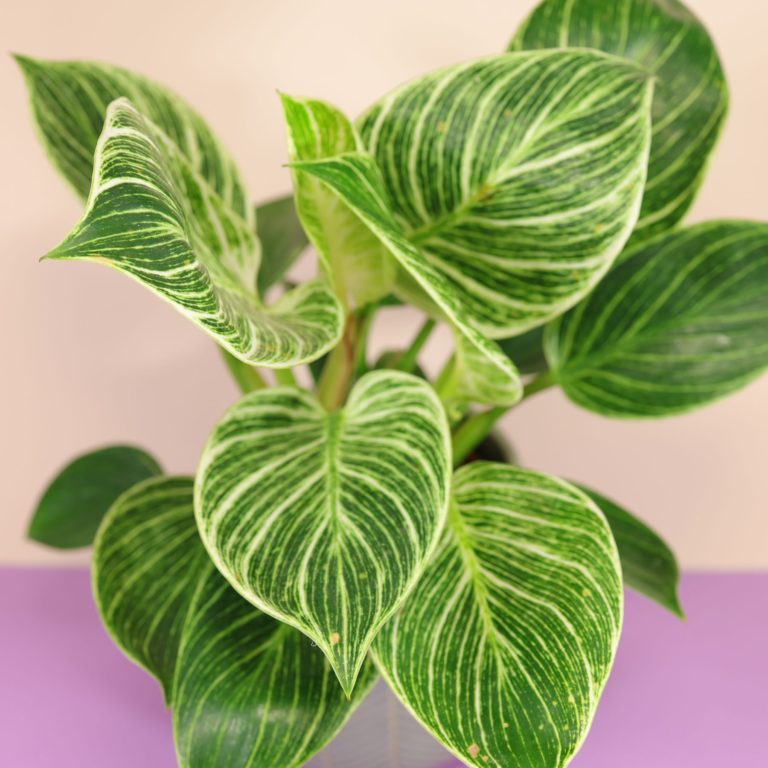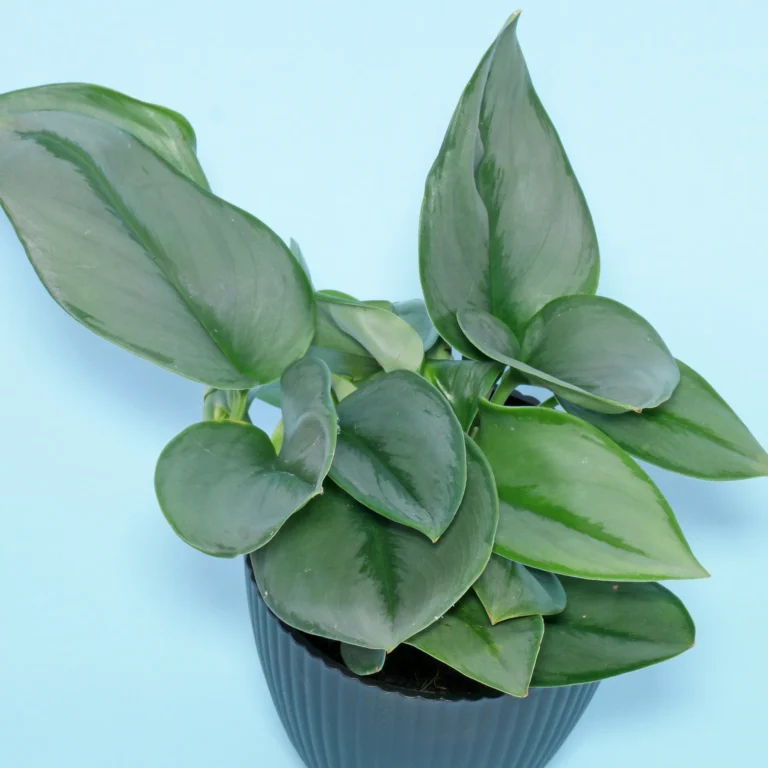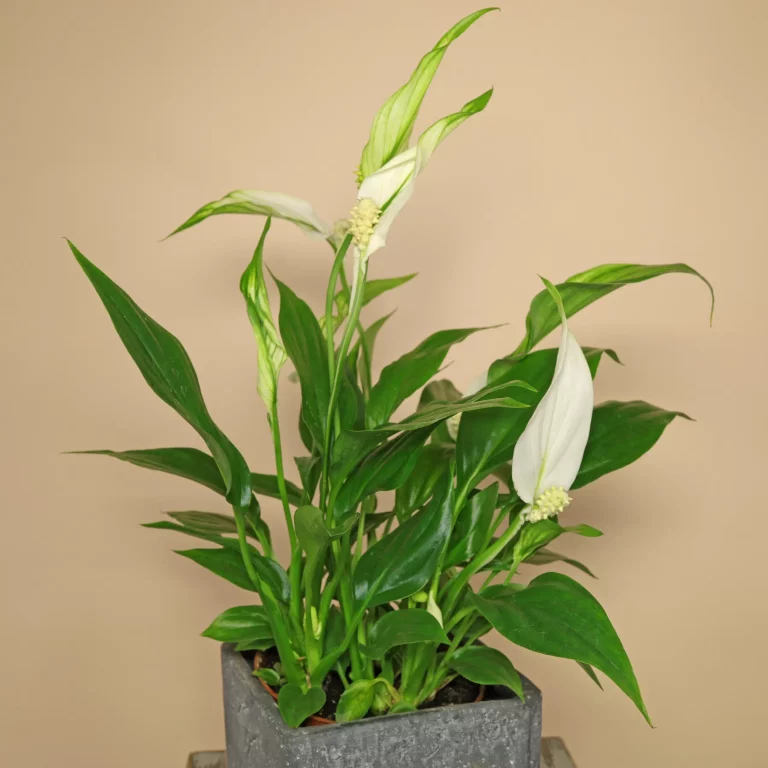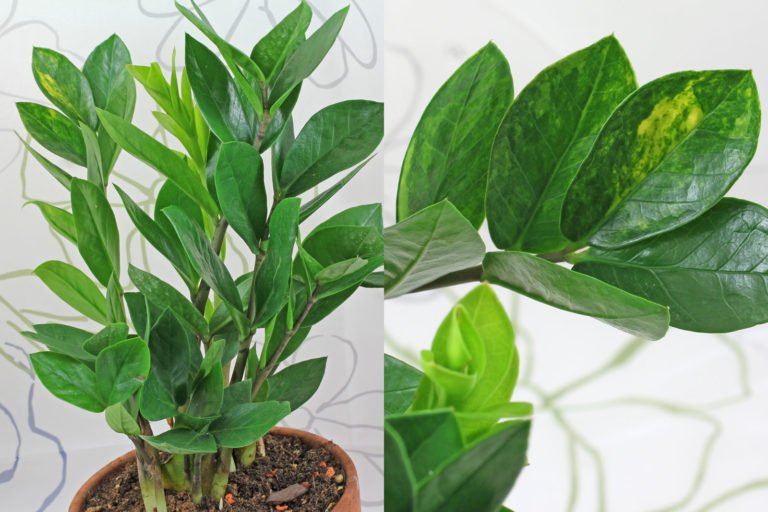Hairy Philodendron, Red Bristled Philodendron
Philodendron squamiferum differs from other Philodendron species in that its leaf stalks are covered with yellow-red bristles. It grows climbing, the shoots can reach several meters in length and even the leaves are not small with up to 50 centimeters in length.
The Red Bristled Philodendron is native to South America (Brazil, French Guiana, Suriname).

Care
Lighting
Bright locations without sun as well as partly sunny to semi-shady locations are suitable. Philodendron squamiferum tolerates morning sun, late evening sun and winter sun. It can handle the hot summer sun if the pot is placed at least one meter behind the window.

Soil
Regular mixes for houseplants, container plants, herbs or vegetables can be used.
Watering
The root ball may dry out to about 70% of its height between waterings. It should not dry out for days or be submerged in water. There is no harm in leaving water in the saucer for a few hours after watering.

Feeding
Liquid fertilizer can be applied every four to eight weeks from spring through fall. Sticks, granules or pellets can be added to the soil in the spring and summer.
Temperature
According to its tropical origin, Philodendron squamiferum likes warm temperatures all year round. The minimum temperature is 59 °C (15 °C), but lower temperatures are tolerated for short periods.
Humidity
The Hairy Philodendron does well with humidity levels of 40% to 60%.
Other
Occasional spraying or showering will remove dust from the leaves. However, this is difficult or impossible with large plants without damaging them. They can be cleaned with a soft feather duster.

Propagation
Propagation by cuttings is possible. Tips or parts of shoots with only one leaf can be used.

